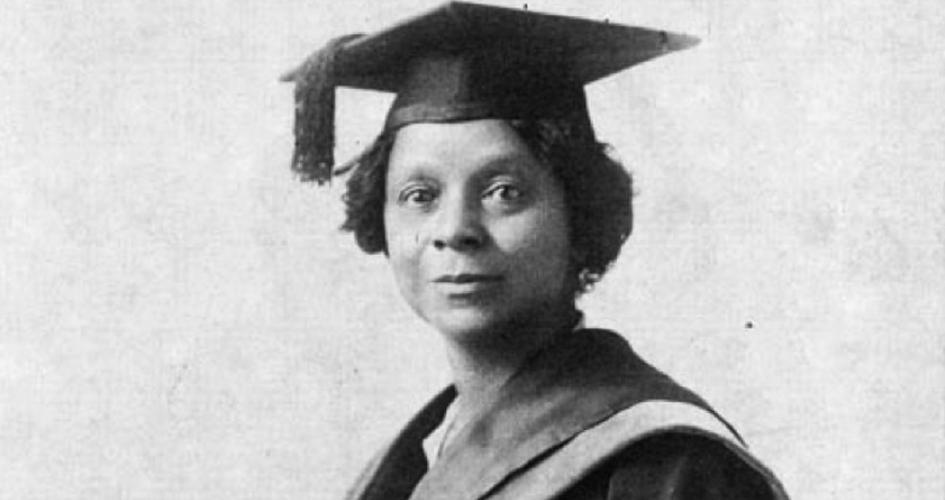
The University of Chicago is honoring Georgiana Rose Simpson, one of the first Black women in the United States to earn a doctorate and the first Black woman to accomplish the feat at the University of Chicago. Nearly 100 years after these achievements, Simpson is being recognized for her contributions to academic history with a bronze bust created by African American sculptor Preston Jackson.
Asya Akca and Shae Omonijo, two University of Chicago students who led the efforts to honor the scholar, unveiled the bust of Georgiana Rose Simpson last month. Akca and Omonijo, the co-founders of the Monumental Women Project, discovered the legacy of Simpson while rummaging through the university’s archives, the University of Massachusetts’ archives and the Moorland-Spingarn Research Center at Howard University in Washington, D.C.
“We raised close to 50,000 USD to commission a bronze bust of Dr. Georgiana Rose Simpson… believed to be the first public monument to honor a woman in the city of Chicago,”said Omonijo.
 Photo credit: Beth Rooney/ Pictured from left to right: Asya Akca, Carol Moseley Braun (the first African American woman to become a U.S. Senator), and Shae Omonijo
Photo credit: Beth Rooney/ Pictured from left to right: Asya Akca, Carol Moseley Braun (the first African American woman to become a U.S. Senator), and Shae Omonijo
Prior to her studies at the University of Chicago, Simpson was an elementary school teacher. A scholar of German, Simpson traveled abroad to Germany to study the language and later became an instructor in German at the renowned Paul Laurence Dunbar High School in Washington D.C., a campus known for educating some of the brightest minds in Black history. She also became a member of the historically Black service organization Alpha Kappa Alpha Sorority, Inc.
“She was an extensive traveler. She visited Europe and studied in France and Germany,” said Loann J. King, a regional historian with Alpha Kappa Alpha Sorority. “She wanted to be a beacon of light to other African American women and encourage them to meet challenges with dignity and forge ahead.”
Simpson faced ample discrimination from her peers at the University of Chicago, so much so that she was asked by then president Harry Pratt Judson to move off a campus. She commuted to school and often corresponded through letters to avoid the racism that she faced. The bust will sit on top of a pedestal at the Reynolds Club, the university’s student center, which was once only made available to white men.
According to the Smithsonian Institute’s archives, only about 8 percent of publicly displayed statues depict women. The work of students like Akca and Omonijo is honor those women who have been forgotten to history is crucial to inspire the next generation of academics. A job well done we’d say.

